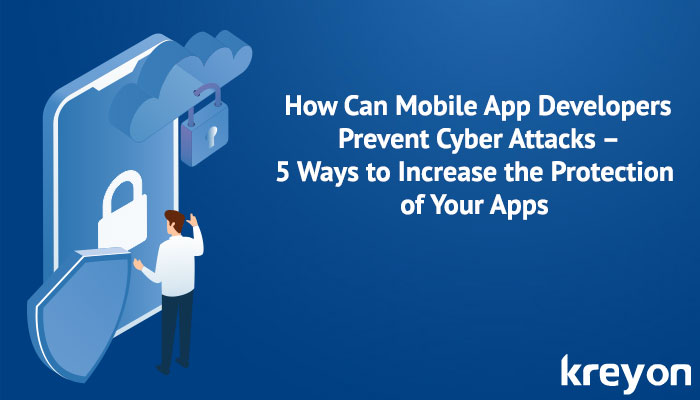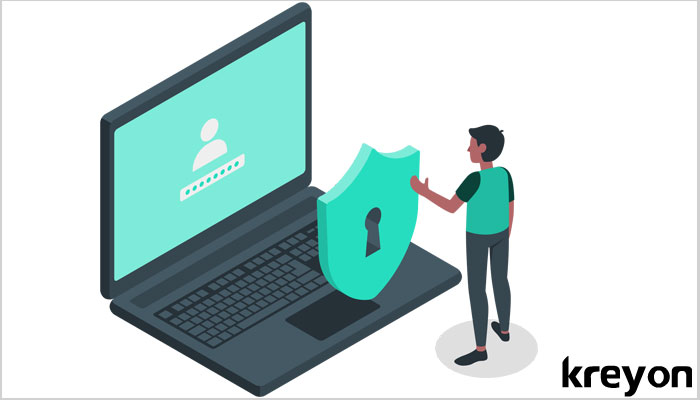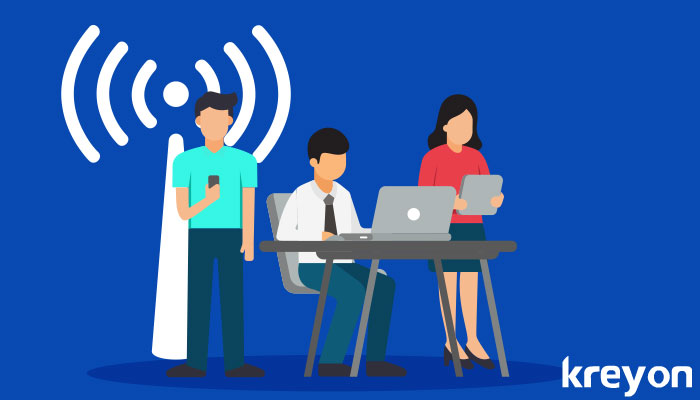How Can Mobile App Developers Prevent Cyber Attacks – 5 Ways to Increase the Protection of Your Apps

Hackers, firewalls, cybersecurity, and anything else connected to protection was mostly tied to computers and network security. With the use of mobile phones and numerous apps have drastically increased over the last few years, so has the importance of mobile app security. This is why you should invest in high-quality threat protection. There are further precautions you should take to ensure you are as protected as possible.
With forecasted 4.68 billion mobile users by the end of 2019, out of which almost half own a smartphone, and with global mobile traffic surpassing that coming from PC ́s, generating 48.71% of global website traffic, it is clear how many people are under threat every day.
Mobile phone network coverage is increasing by the day, especially of the European population (98%). Combined with a pretty fast broadband connection and relatively affordable prices of mobile devices and plans, it is not surprising that the numbers are increasing in their favor.
Americans are spending almost 3 hrs every day on their smartphones, mostly browsing the internet, social networks, shopping, watching videos, playing games, etc. All these activities are done usually through many different apps, 205.4 billion of them downloaded in 2018.
All these numbers and percentages are telling us that today, and especially in the future, most sensitive data, like personal and credit card information, are located on our phones and apps. Hackers now have a new playground to play on and your responsibility as an app developer is to stop them.

With the development of cybersecurity strategies focusing more on desktop, the security of mobile applications did not receive as much attention. An astounding 75% of mobile applications would fail to prevent cyberattacks. Mobile devices and apps have become a new and critical target of cyberattacks, with data breaches occurring regularly.
Nevertheless, there are ways you can, as an app developer, secure mobile applications against data leakages or theft. The right mobile app development approach can mitigate security issues:
1. A Strong Code
Having a weak code is the No. 1 cause of successful cyberattacks. If the code is packed with bugs and vulnerabilities, the hackers would not find it a challenge to crack it. So this is what they first look for to gain access. You can prevent this by avoiding using codes that are generic and available in public. Most of them are written by hackers anyway.
Implement best practices in mobile app security, including security frameworks, and make your developers write robust codes that are much more difficult to crack. Also analyze third-party codes, including apps used by your employees.

2. Continuous Testing
App security doesn’t stop once the code is completed and the app released into the market. Cybercriminals never relent, nor should you. You should have a constant observation, testing, and maintenance in place. Prevention is the best defense.
By regularly testing the app, you can catch any bugs and oversights on time, and immediately release updates and fixes. Invest in penetration testing, emulators, and threat modeling. Using third-party to test hack your app is a great way to see how strong its defenses are.
3. High-Level User Authentication
No matter how strong your code is, if the authentication is weak, security breaches are inevitable. This is why you should implement as strong authentication processes as possible, one of them being API login authorization and authentication.
This entails identity management as well, using personal identifiers, which are an extremely important piece of app security. There are various forms, the most common one being an alphanumeric password. Users should always be warned to create a strong password, with a combination of letters, numbers, and special characters, which should be renewed regularly.
An even more secure type of authentication is a biometric one, most commonly used are fingerprints and retina scans. Combining a static password and a dynamic OTP, as a multifactor type of authentication, has today gained prevalence amongst the mobile app developers.

4. Beware of Phishing
Since mobile users are spending so much time using their phones, they are 3 times more likely to respond to fraudulent emails and provide their login information. This is one of the most used social engineering tactics, which is not a wonder since how little effort it requires. This can be prevented by educating users through the app interface, in the form of pop-up messages and side texts.
5. Never Use Unsecured Wi-Fi
When using a Wi-Fi connection that is untrusted, and those are usually the public ones, your device is much more vulnerable to outside threats. This depends on the user behavior, so again alerts should be implemented into the app design.
From your side, you can have to ensure that your Wi-Fi networks are impregnable. The members of your staff should connect to it only with their work phones, which should never have access to public networks. Nor should they ever access the company ́s Wi-Fi network with their private devices, to prevent any outside intrusion.

Author Bio: Chris Usatenko from Everycloud is a computer geek, writer, and gamer. He is interested in any aspects of the PC industry and videogames. He is willing to get experience and knowledge from around the world and implement them in his life.
